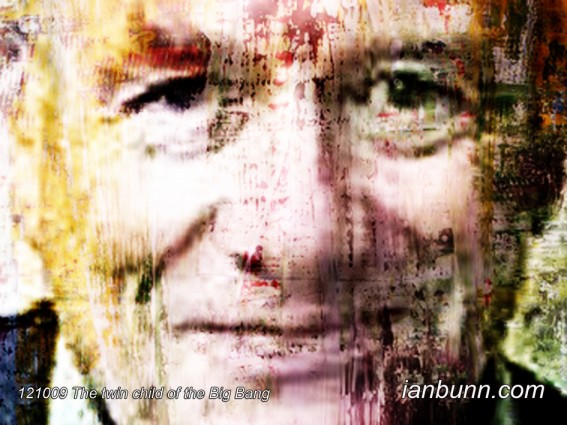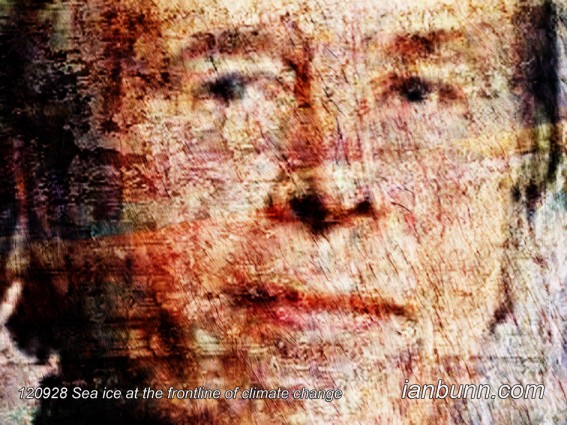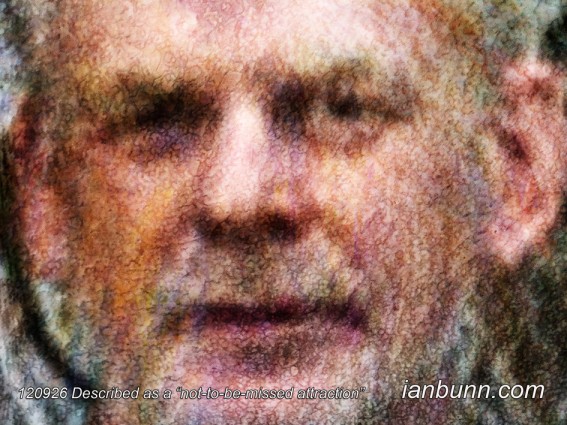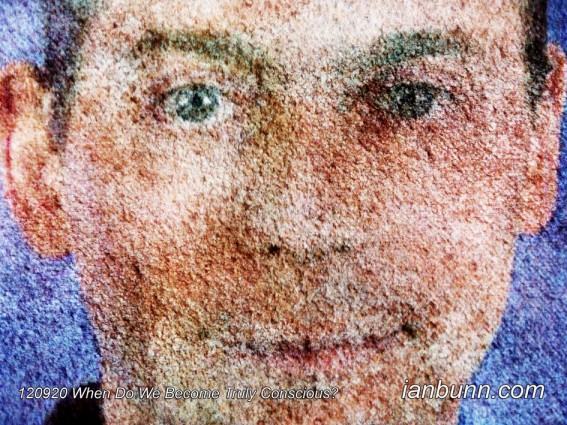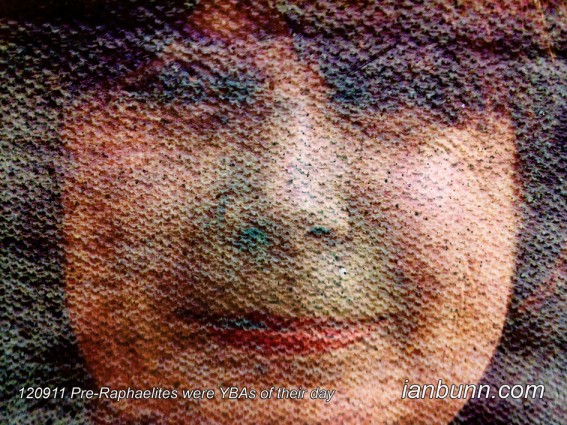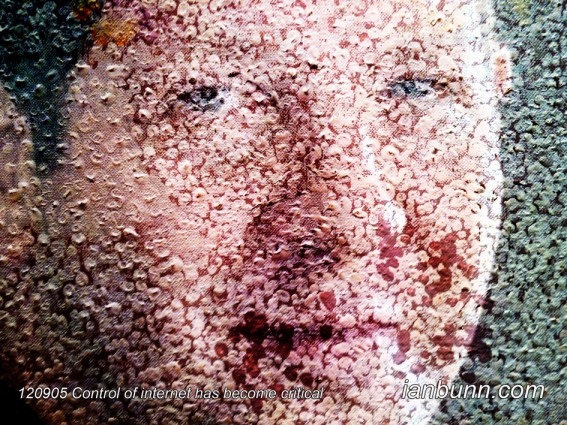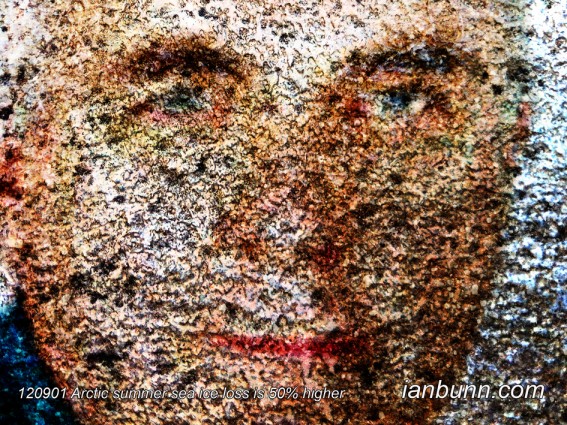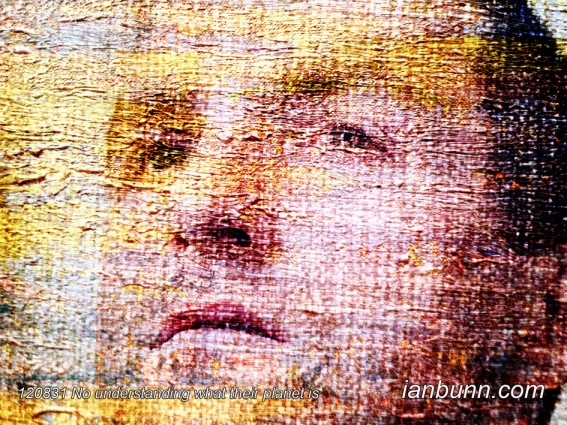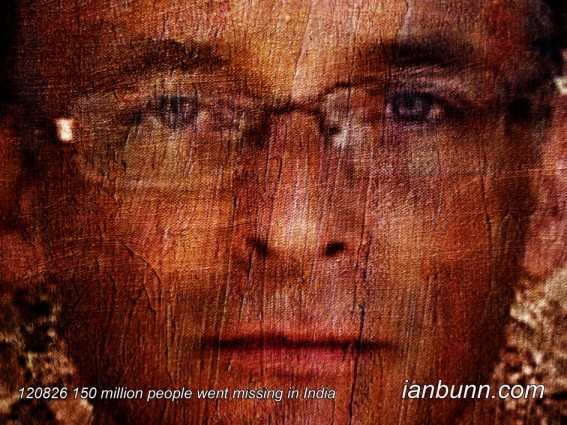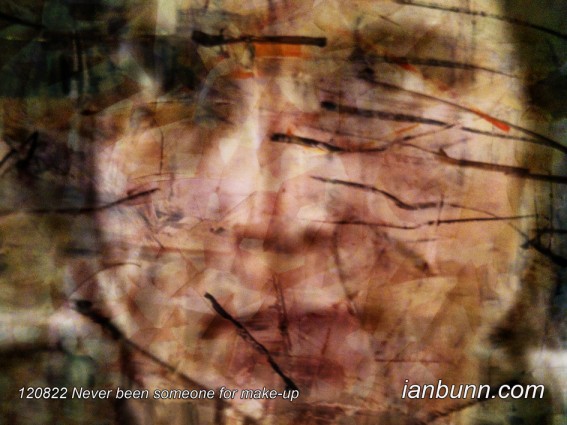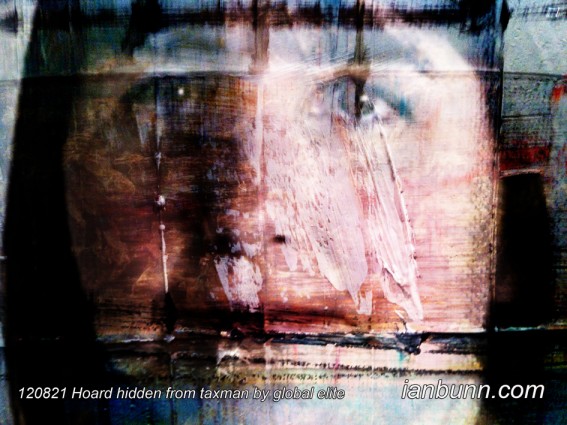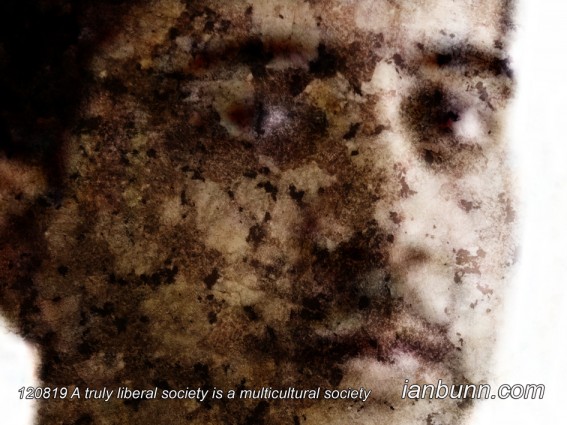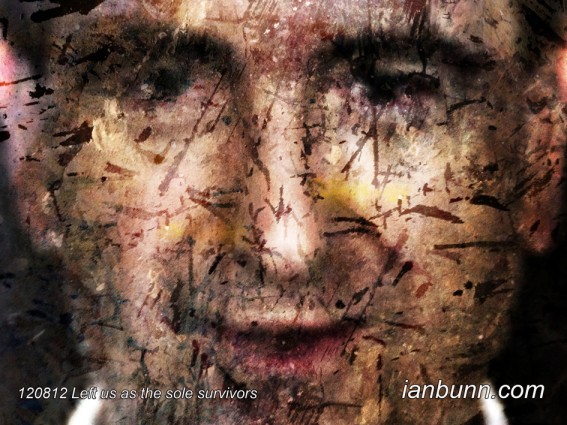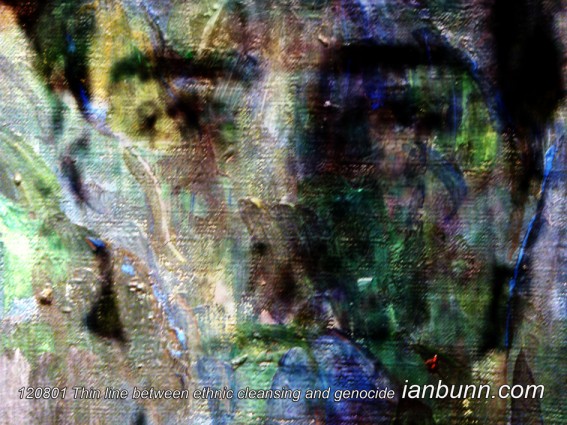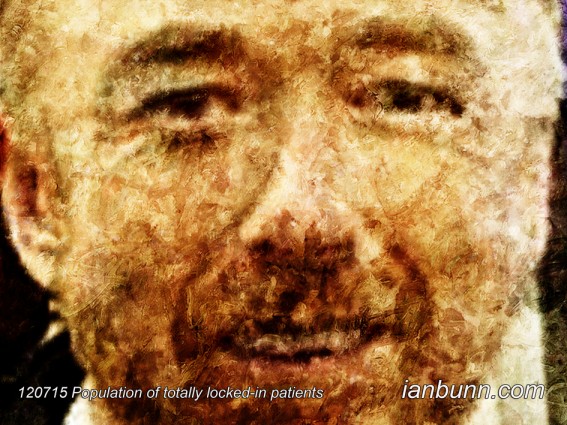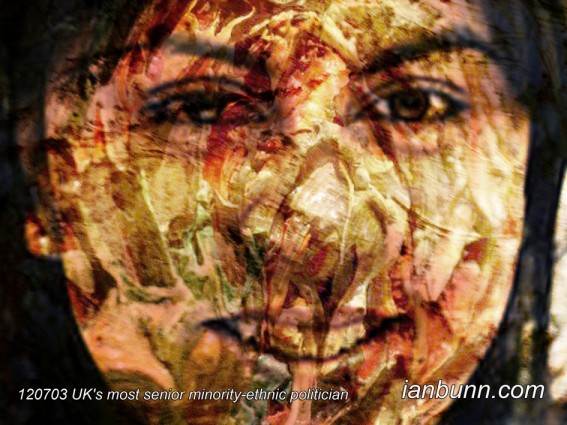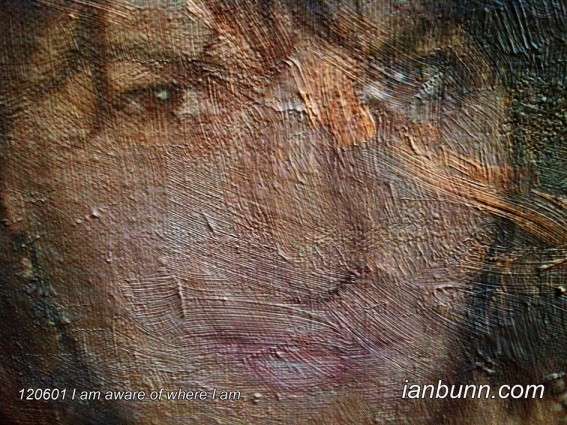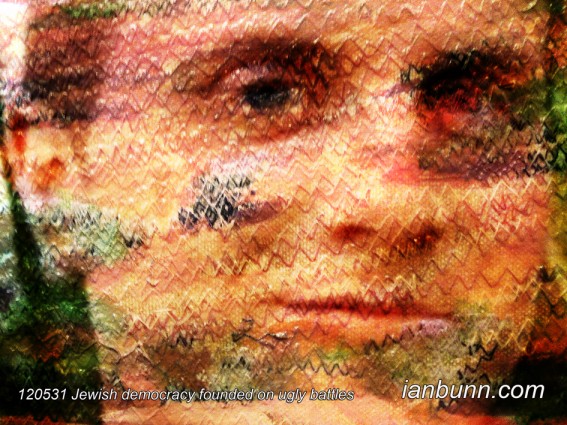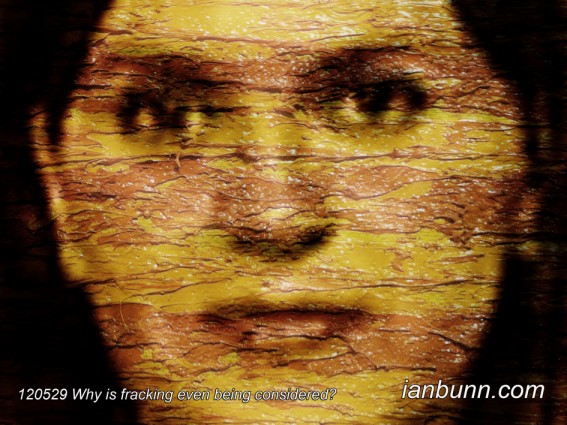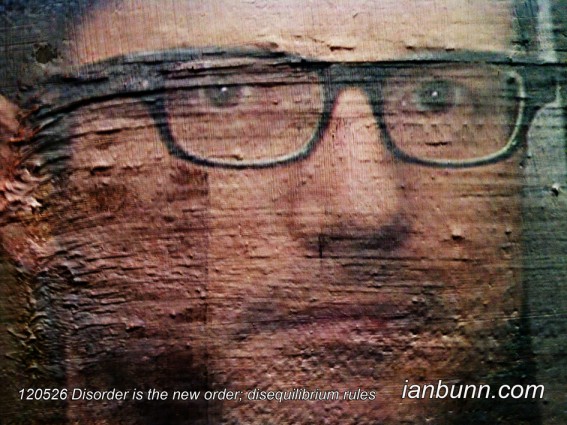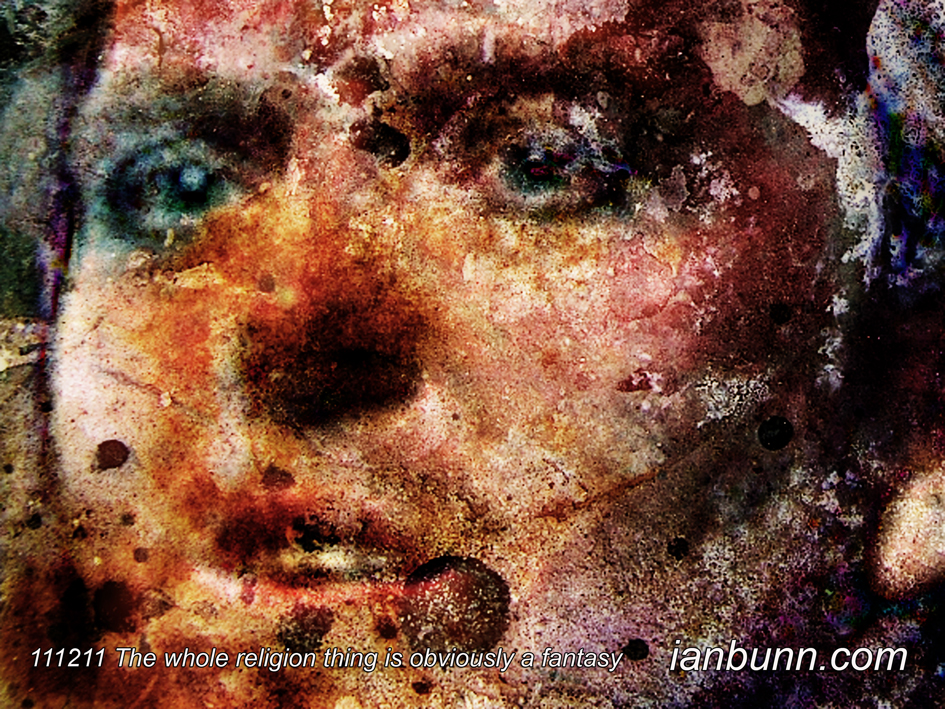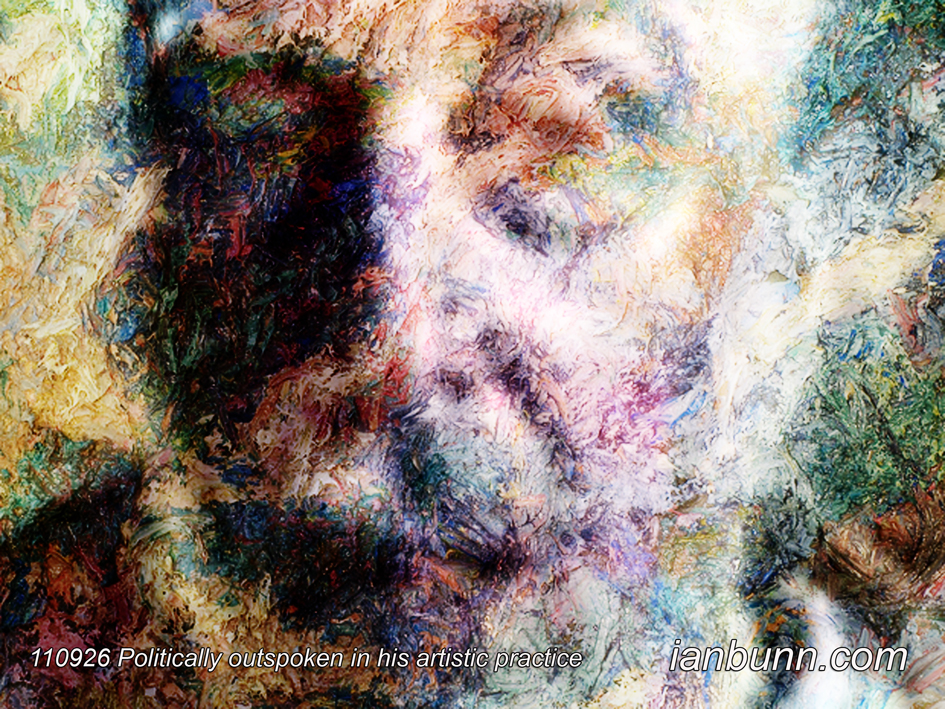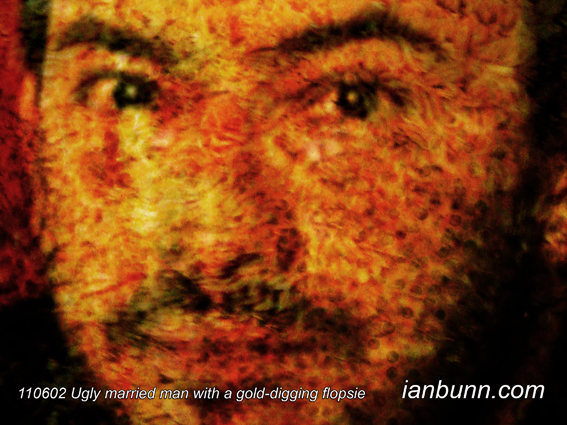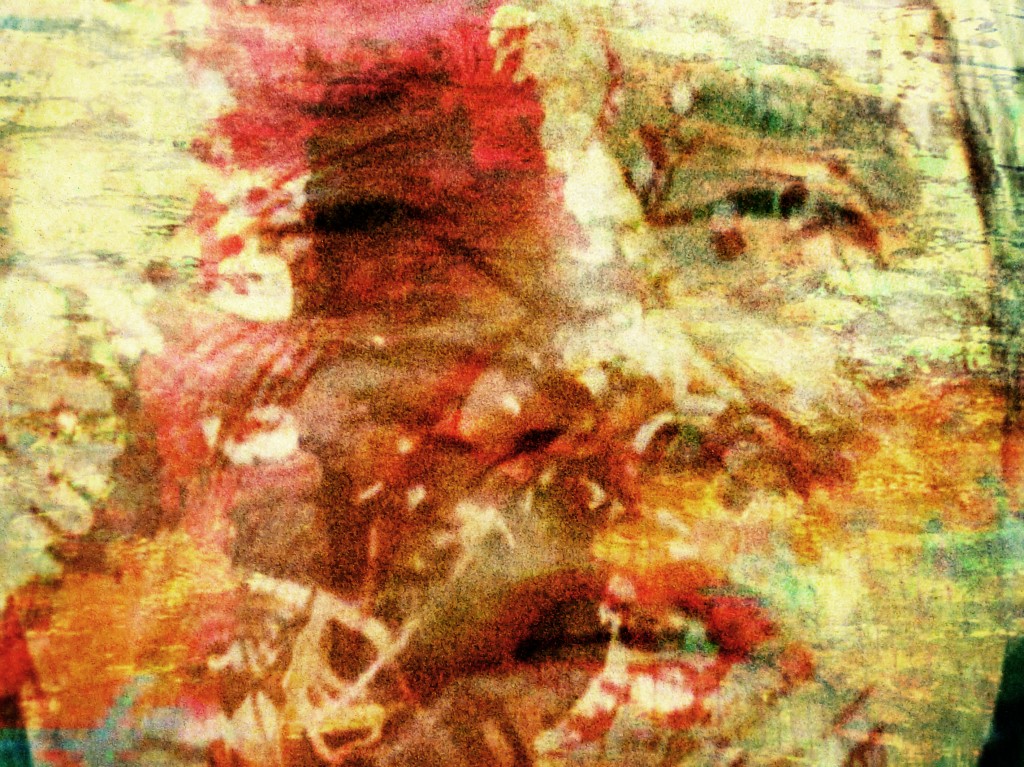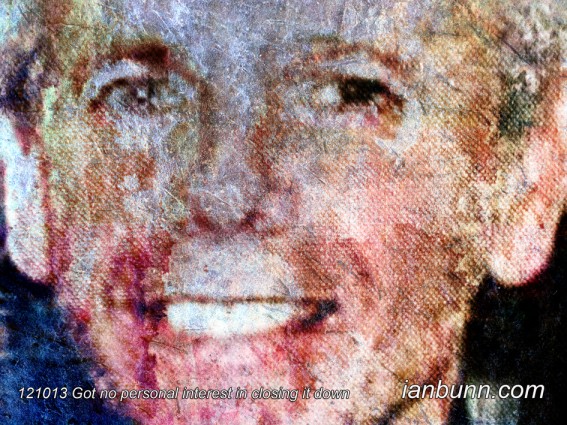 Got no personal interest in closing it down (October 13 2012)
Got no personal interest in closing it down (October 13 2012)
John Christensen the British economist co-founder of the Tax Justice Network and director of its London-based International Secretariat, plays a leading role in campaigning for tighter regulation and control of tax havens and offshore finance centres. Christensen told Aljazeera: “In many cases it’s the politicians and their cronies and their families and the business people who sponsor the political parties who are using these offshore financial services so they got no personal interest in closing it down. If they wanted to close it down they could do it tomorrow. It’s not a question of rocket science and how difficult to do that, all they have to do is improve information exchange between countries and require disclosure of information about offshore accounts, offshore companies, offshore trusts. The fact of the matter is they don’t want to do it because they themselves are complicit with the process.” An Aljazeera article states “A new report has now revealed that some of the world’s richest people have more than $30 trillion stashed in offshore tax havens. A global elite group of super-rich has exploited gaps in cross-border tax rules to hide an extraordinary amount of wealth offshore. Research commissioned by the campaign group Tax Justice Network says the value is as much as the gross domestic products of the US and Japan combined. …the world’s super-rich have taken advantage of lax tax rules to siphon off possibly as much as $32 trillion from their home countries and hide it abroad. In fact, G20 member countries, both developed and emerging economies, have been pledging to close down tax havens since 2008.”
Inspired by Aljazeera ow.ly/edi7W image source Save India ow.ly/edh2M
